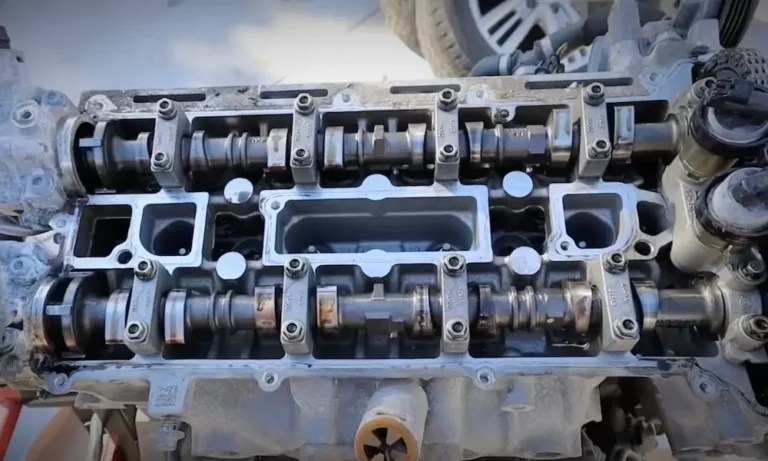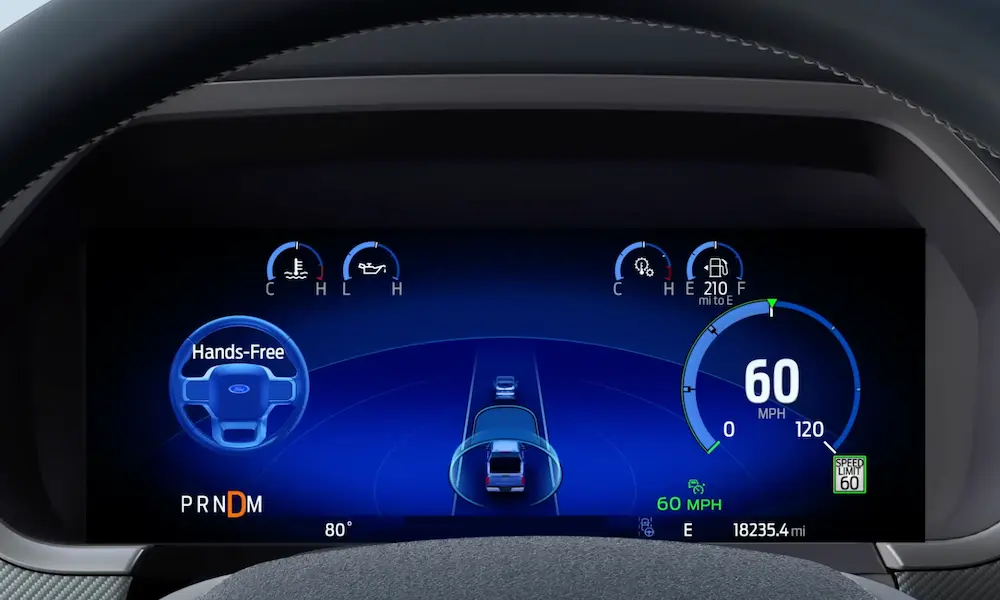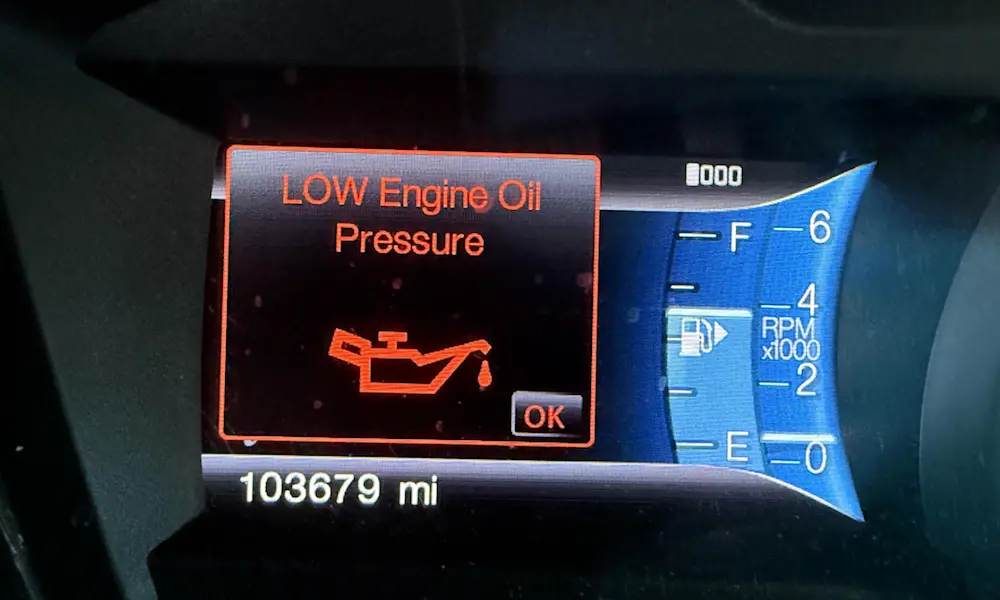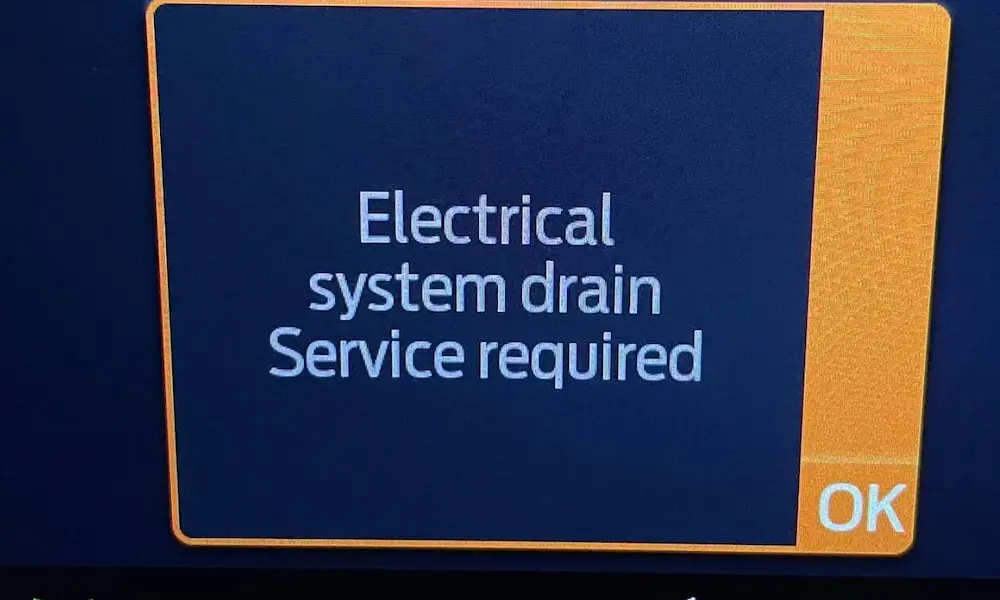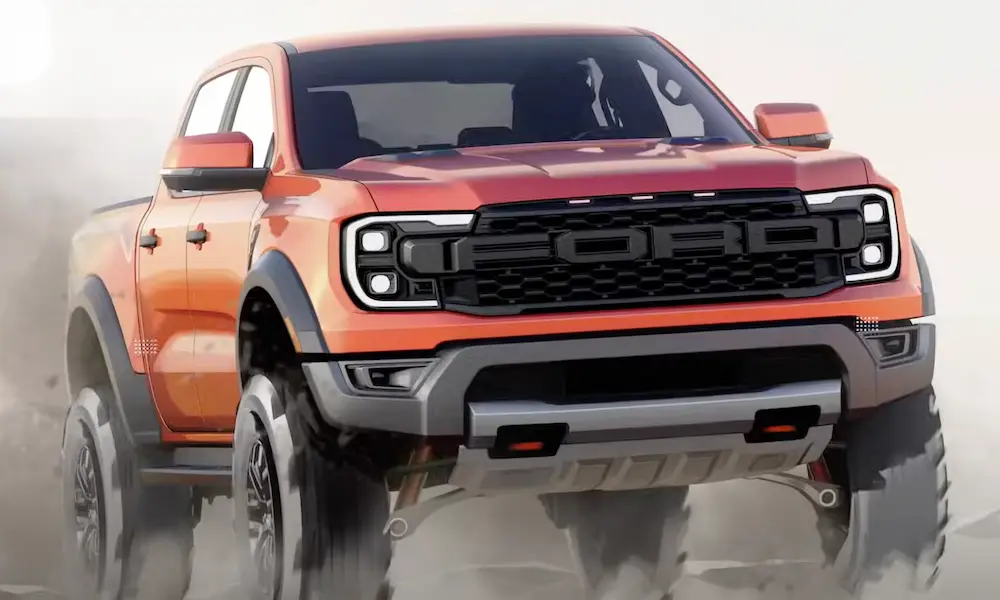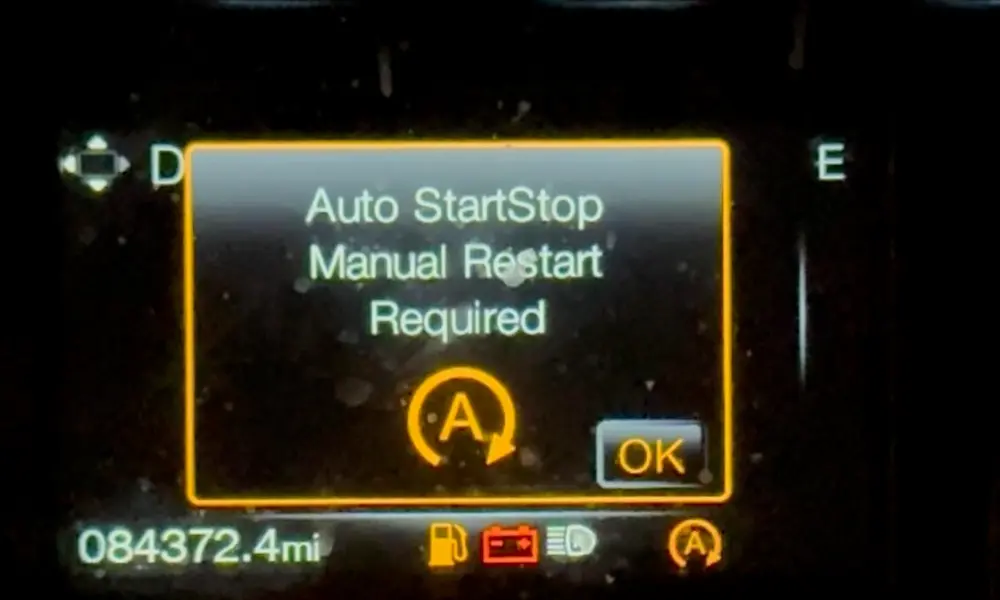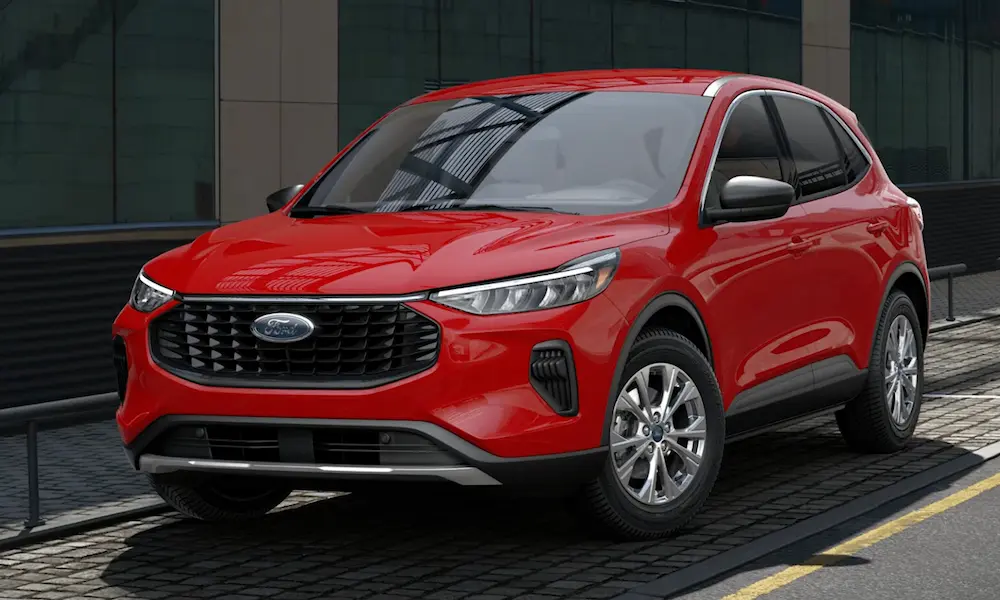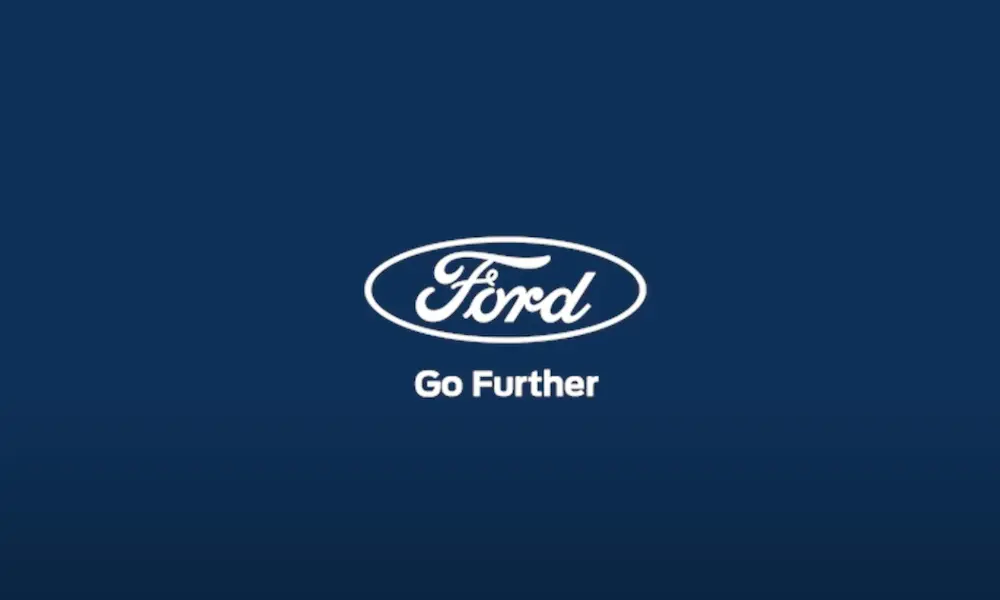Wondering what makes Ford’s 2.0 EcoBoost engine so popular across their vehicle lineup? This innovative powerplant manages to extract impressive performance from a relatively small package while maintaining reasonable fuel economy. Whether you’re considering a vehicle equipped with this engine or just curious about what’s under the hood, we’ve compiled everything you need to know about the 2.0 EcoBoost engine specs.
What Is the Ford 2.0 EcoBoost Engine?
The 2.0 EcoBoost is Ford’s versatile four-cylinder turbocharged engine that delivers V6-like performance with better fuel efficiency. It’s a cornerstone of Ford’s engine strategy, appearing in multiple vehicles from the Escape SUV to the Maverick pickup.
This engine combines turbocharging, direct injection, and variable valve timing to extract maximum power and efficiency from its relatively modest displacement. It’s part of Ford’s broader EcoBoost family, which focuses on downsized engines that don’t compromise on performance.
Core 2.0 EcoBoost Engine Specs and Design
The 2.0 EcoBoost is an engineering marvel packed with advanced technology:
- Engine Type: Inline 4-cylinder (I-4)
- Construction: All-aluminum block and cylinder head
- Total Weight: Approximately 106.6 kg (235 lbs)
- Dimensions: 712.94 mm height × 628.58 mm width × 593.23 mm length
- Displacement: 2.0 liters (122 cubic inches)
- Bore × Stroke: 87.37 mm × 83.05 mm
- Valvetrain: DOHC (Dual Overhead Camshaft)
- Compression Ratio: 9.3:1 (for most applications)
The all-aluminum construction is particularly noteworthy as it significantly reduces engine weight while improving thermal efficiency. This lightweight design contributes to the engine’s impressive power-to-weight ratio and helps improve overall vehicle efficiency.
Turbocharging and Fuel Delivery Systems
What truly sets the 2.0 EcoBoost apart from conventional engines is its advanced induction and fuel delivery systems:
Twin-Scroll Turbocharger
The engine employs a single twin-scroll turbocharger that cleverly separates exhaust pulses for pairs of cylinders. This design:
- Enables quicker turbine spin-up
- Significantly reduces turbo lag
- Provides more responsive acceleration
- Delivers smoother power across the RPM range
This sophisticated turbocharger design is a key reason why the 2.0 EcoBoost feels more powerful than its displacement might suggest.
Direct Injection Technology
The high-pressure common-rail direct injection system (GTDI – Gasoline Turbocharged Direct Injection) precisely delivers fuel directly into the combustion chamber. This approach:
- Optimizes the air-fuel mixture
- Improves combustion efficiency
- Reduces emissions
- Enhances power output
The direct injection system works in concert with the turbocharger to maximize the engine’s efficiency and performance potential.
Power and Torque Output
The 2.0 EcoBoost delivers impressive performance figures that vary slightly based on the specific vehicle application:
Standard Output
- Horsepower: 250 hp @ 5,500 rpm
- Torque: 277 lb-ft @ 3,000 rpm
2025 Ford Maverick Output
- Horsepower: 238 hp @ 5,500 rpm
- Torque: 275 lb-ft @ 3,000 rpm
87 Octane Fuel Output
- Horsepower: 237 hp @ 5,500 rpm
- Torque: 270 lb-ft @ 3,000 rpm
This flexibility in output allows Ford to tailor the engine’s performance characteristics to different vehicle needs, from crossovers to pickup trucks. The torque curve is particularly noteworthy, with peak torque coming on at a relatively low 3,000 rpm, providing excellent everyday drivability and off-the-line acceleration.
Advanced Technology Features
The 2.0 EcoBoost incorporates several cutting-edge technologies that enhance its performance, efficiency, and reliability:
- Ti-VCT (Twin Independent Variable Camshaft Timing): Allows independent control of intake and exhaust valve timing for optimized performance across all engine speeds
- Composite Intake Runners: Equal-length design provides excellent throttle response
- Balance Shaft: Ensures smooth operation at all speeds by counteracting vibrations
- Adaptive Knock Control: Adjusts ignition timing to prevent detonation and protect the engine
- Auto Start-Stop Technology: Reduces fuel consumption and emissions during idle periods
These advanced features work together to give the 2.0 EcoBoost its characteristic blend of performance, efficiency, and refinement.
Maintenance Requirements and Fluid Capacities
Keeping your 2.0 EcoBoost running smoothly requires attention to maintenance intervals and proper fluid specifications:
- Oil Capacity: 5.5 quarts (5.2L)
- Recommended Oil: SAE 5W-30
- Coolant Capacity: 9.2 quarts
- Oil Change Interval: Every 7,500-10,000 miles under normal conditions
The engine also features a Fail-Safe Engine Cooling System that provides additional protection against overheating, an important consideration for a turbocharged engine that generates more heat than naturally aspirated alternatives.
Vehicle Applications and Performance Characteristics
The 2.0 EcoBoost powers several vehicles in Ford’s lineup, with performance characteristics tailored to each application:
Ford Escape
In the 2025 Ford Escape, the 2.0 EcoBoost delivers:
- Fuel Economy: EPA-estimated 23 City / 31 Highway / 26 Combined MPG (with AWD)
- Towing Capacity: Up to 3,500 lbs
- Transmission: 8-speed automatic with Auto Start-Stop Technology
The Escape’s implementation of the 2.0 EcoBoost provides a good balance of everyday efficiency with enough power for weekend adventures.
Ford Maverick
The 2025 Ford Maverick equipped with the 2.0 EcoBoost offers:
- Transmission: 8-speed automatic
- Towing Capacity: 2,000 lbs standard, upgradable to 4,000 lbs with the 4K Tow Package
- Fuel Economy: Competitive for the compact pickup segment
The Maverick’s EcoBoost configuration provides significantly more power than the base hybrid powertrain, making it the choice for buyers who prioritize performance or towing capability.
Ford Bronco Sport
The Bronco Sport with the 2.0 EcoBoost provides:
- Off-Road Capability: Enhanced by the engine’s strong low-end torque
- Acceleration: 0-60 mph in approximately 6.5 seconds
- All-Terrain Performance: Power delivery well-suited to challenging conditions
This application showcases the engine’s versatility, providing the grunt needed for off-road adventures while remaining efficient enough for daily driving.
Real-World Performance and Owner Experiences
Many owners report that the 2.0 EcoBoost delivers on its promise of combining power with reasonable fuel efficiency:
- Acceleration: Strong off-the-line performance thanks to early-arriving torque
- Highway Passing: Plenty of reserve power for overtaking
- Reliability: Generally positive long-term durability reports
- Fuel Economy: Real-world efficiency often within 1-2 MPG of EPA estimates
The engine has matured over multiple generations, with Ford addressing early issues to improve reliability and longevity. Most owners find the balance of performance and efficiency to be a strong selling point.
Comparing the 2.0 EcoBoost to Competitors
How does Ford’s 2.0 EcoBoost stack up against similar engines from other manufacturers?
| Engine | Horsepower | Torque | Notable Features |
|---|---|---|---|
| Ford 2.0 EcoBoost | 237-250 hp | 270-277 lb-ft | Twin-scroll turbo, direct injection |
| Honda 2.0T | 252 hp | 273 lb-ft | VTEC, direct injection |
| VW/Audi 2.0T | 228-241 hp | 258-273 lb-ft | Variable valve timing, direct injection |
| Toyota 2.4T | 265-276 hp | 309-317 lb-ft | Newer design, higher torque |
While competitors offer similar technology, Ford’s 2.0 EcoBoost maintains a competitive position in the segment, particularly when considering the breadth of its application across different vehicle types.
Performance Modifications and Tuning Potential
The 2.0 EcoBoost has developed a following in the aftermarket community due to its tuning potential:
- ECU Tuning: Gains of 30-50 hp possible with software adjustments
- Air Intake Upgrades: Improved breathing for better response
- Intercooler Improvements: Reduced heat soak for more consistent power
- Exhaust Modifications: Enhanced flow and sound character
Many owners appreciate that meaningful performance gains are achievable with relatively modest investments. The engine’s turbocharging makes it particularly responsive to tuning adjustments, though modifications should be approached thoughtfully to maintain reliability.
Understanding EcoBoost Technology Benefits
The core philosophy behind the 2.0 EcoBoost engine reflects changing priorities in automotive design:
- Downsizing: Extracting more power from smaller displacements
- Efficiency Focus: Maintaining performance while improving fuel economy
- Emissions Reduction: Meeting increasingly stringent regulations
- Practical Performance: Delivering usable power for everyday driving scenarios
This approach represents Ford’s response to market demands for vehicles that deliver performance without sacrificing efficiency. The 2.0 EcoBoost embodies this balance, offering V6-like power with the potential for four-cylinder fuel economy when driven conservatively.
The Future of the 2.0 EcoBoost Engine
As automotive technology continues to evolve, Ford’s 2.0 EcoBoost is likely to adapt as well:
- Hybridization: Potential pairing with electric motors for improved efficiency
- Efficiency Improvements: Continued refinement of combustion processes
- Emissions Technology: Updates to meet future regulations
- Advanced Materials: Further weight reduction possibilities
While full electrification may eventually replace internal combustion engines, the 2.0 EcoBoost represents an important transitional technology that maximizes the efficiency potential of gasoline engines.
The 2.0 EcoBoost engine demonstrates how modern engineering can extract remarkable performance from relatively small displacement engines while addressing demands for efficiency and reduced emissions. Whether you’re looking at a Ford Escape, Maverick, or Bronco Sport, the 2.0 EcoBoost offers a compelling blend of power, technology, and everyday usability.

